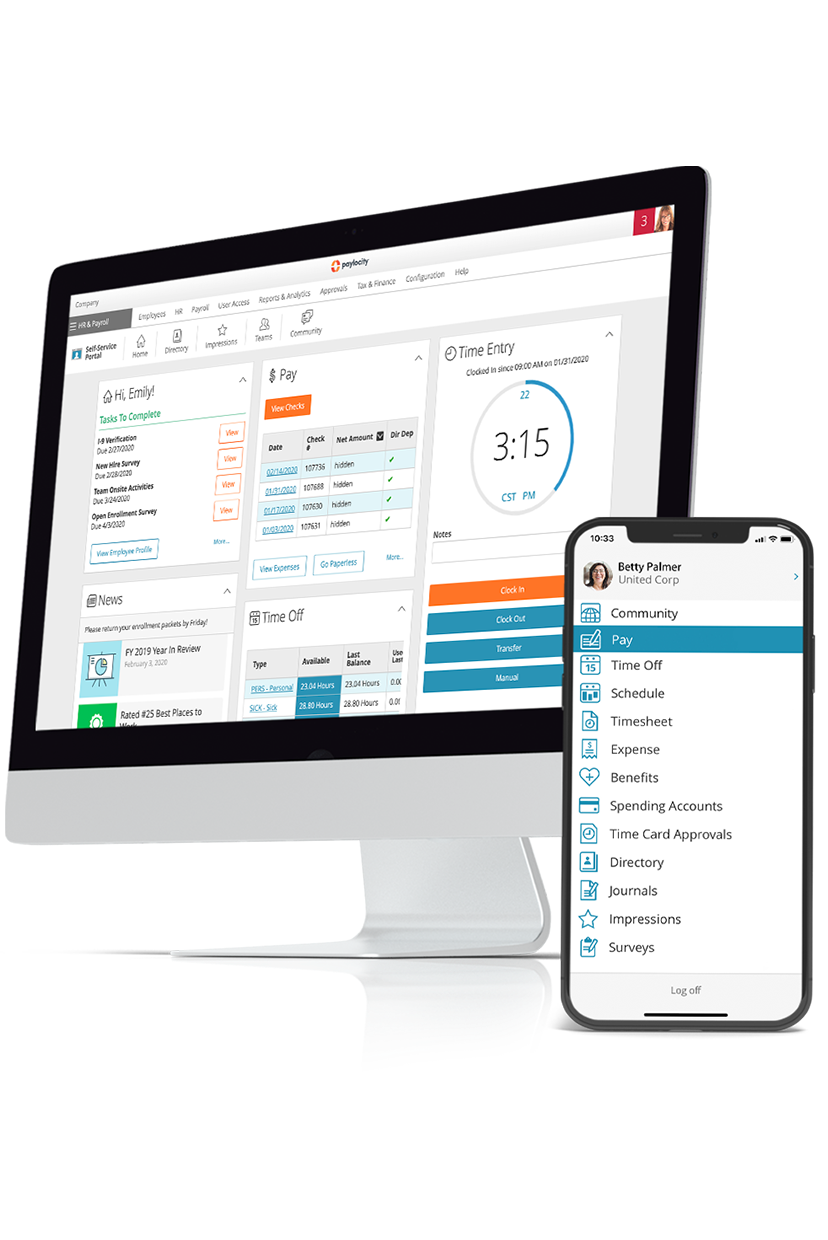Where Employee Experience Efforts Get Stuck
Investing in the employee experience has some clear benefits, but many HR teams fall short in turning that business value into lasting change.
It’s not a lack of awareness or urgency holding teams back. Instead, it’s the harder-to-solve realities: unclear ownership, poor diagnosis, and no way to prove that it’s working.
Siloed Ownership Over the Employee Experience
While it may seem that the employee experience falls under HR’s remit as a workforce issue, the reality is far more complicated.
EX is co-created by nearly everything (and everyone) in your organization. It’s embedded in your leadership style, policy and processes, decision-making practices, IT systems, workplace design, and how people live your culture every day.
Lack of Root Cause Diagnosis
Many employee experience efforts take a symptoms-focused approach instead of solving deeper structural and operational issues. And logically, this makes sense: HR teams are just trying to fix the problems they can see.
But most of the time, focusing only on these visible issues that rise to the top obscures the bigger ones.
Increasing burnout and attrition aren’t a signal that your employees need a switch-off day and a retention bonus — they’re a sign that your processes and ways of working aren’t working. And in the end, these surface-level efforts cost you twice: once to implement, and again when you haven’t solved the issue.
But because it spans so many functions, it often lacks a clear owner. This means that no one is accountable for it as a whole, and critical touchpoints often fall through the cracks.
No Clear Way to Prove Impact
EX’s broad scope and dynamic nature mean that there’s no one way to evaluate its impact. This trickles down into three interlinked problems for HR and EX leaders:
- Pinpointing the exact levers that positively and negatively influence your employee experience relies on guesswork or symptom analysis.
- When changes are made, it’s much harder to quantify their impact.
- Without data on the impact of your changes, it’s difficult to frame them in terms of their business impact.
And this is exactly what was found in a study conducted by Forrester Consulting and Paylocity.
A survey of 522 director-level-and-above decision-makers in finance, HR, EX, IT, and operations roles found that while 99% of respondents agree that their people are their company’s most important asset, 40% believe that their executives don’t see the value in EX investment.
This gap between belief and buy-in is exactly where HR leaders need to focus to build an employee experience that serves both the workforce and the business.
How to Measure the Employee Experience
There’s no one single metric that captures the full scale of the employee experience. But you can track the right signals and patterns through qualitative data, behavioral insights, and regular feedback loops.
Lagging indicators such as voluntary turnover, absenteeism, internal mobility, and performance, give teams a sense of what has happened historically. These are useful for identifying patterns and problems in processes.
Leading signals, including feedback loops, engagement surveys, pulse survey data, and sentiment analysis, help teams see what’s happening with their workforce in real time.
Combining both gives you visibility on what isn’t working and where to act next.
Try these approaches to measure and track EX:
- Run targeted pulse surveys to gather feedback on key employee lifecycle moments, like onboarding, growth conversations, or exit and offboarding.
- Analyze open-text responses from surveys and community channels to identify sentiment and themes across teams or locations.
- Segment employee engagement survey data across teams, locations, tenure groups, or diversity characteristics to identify localized issues.
- Act on findings with small, measurable changes, and track their impact over time.





